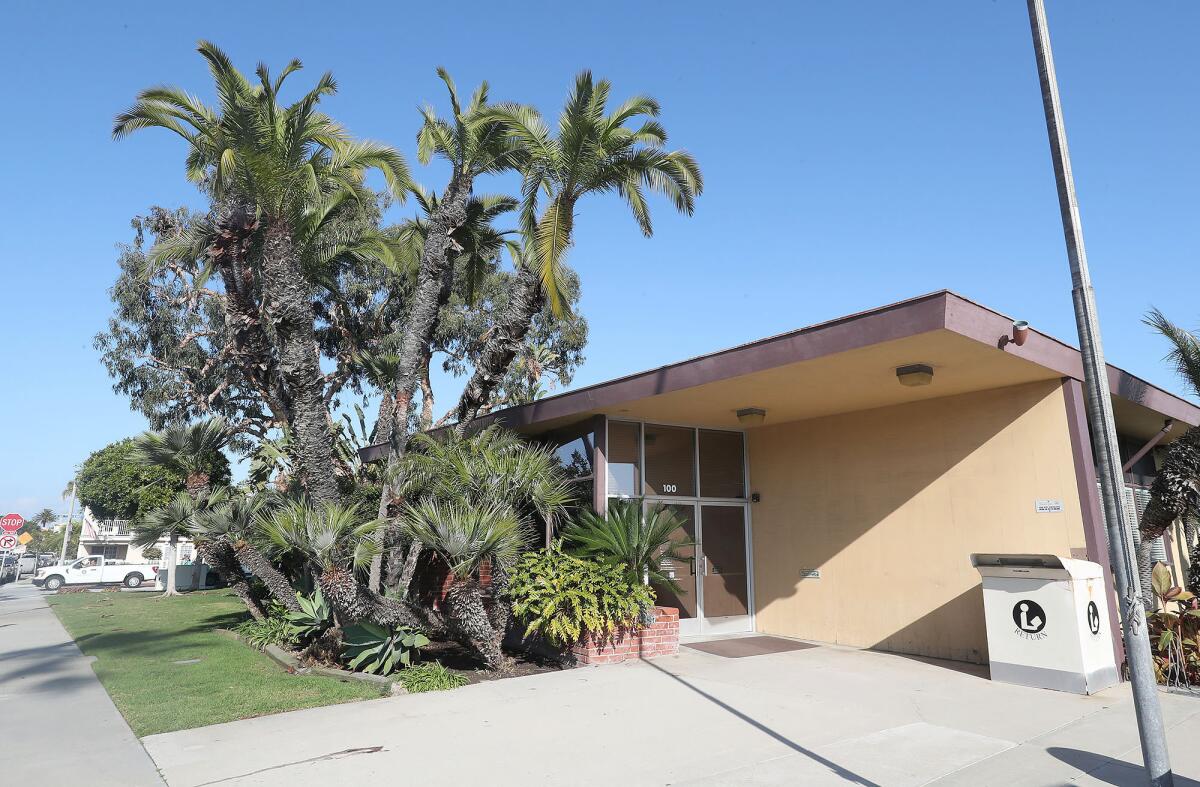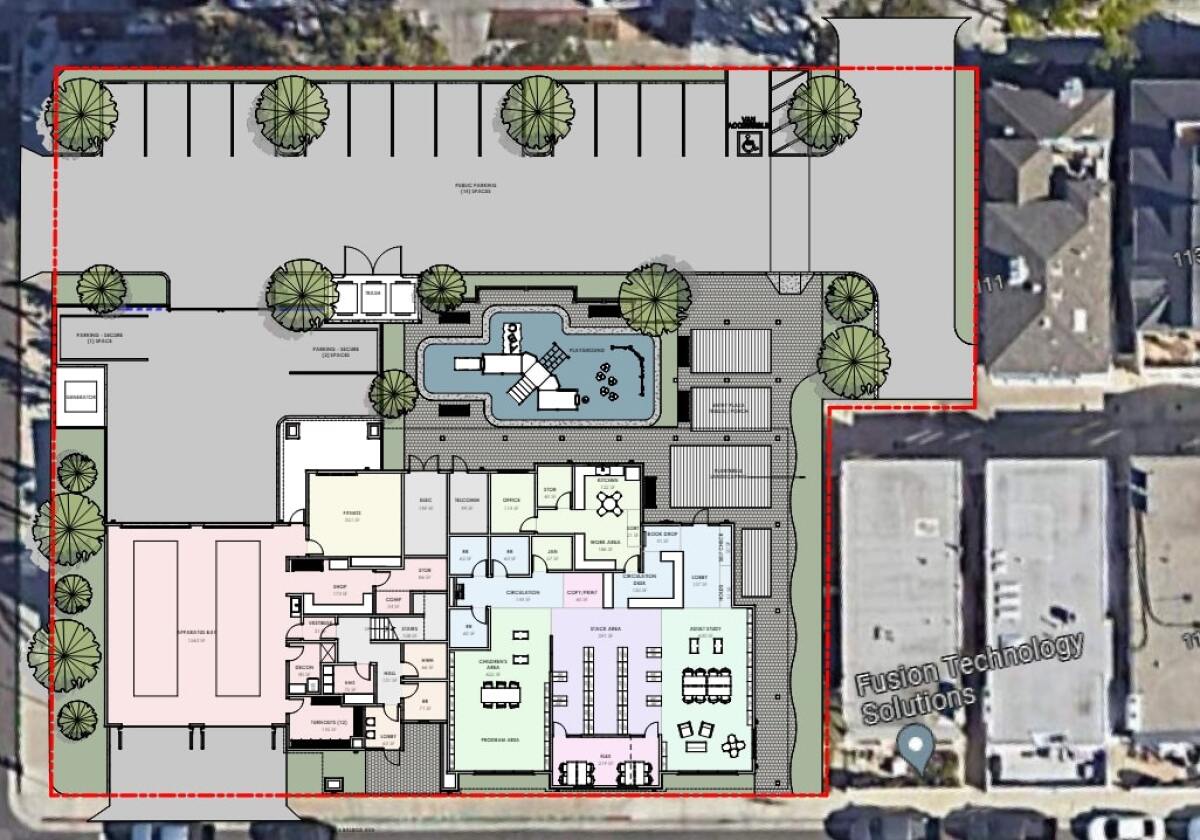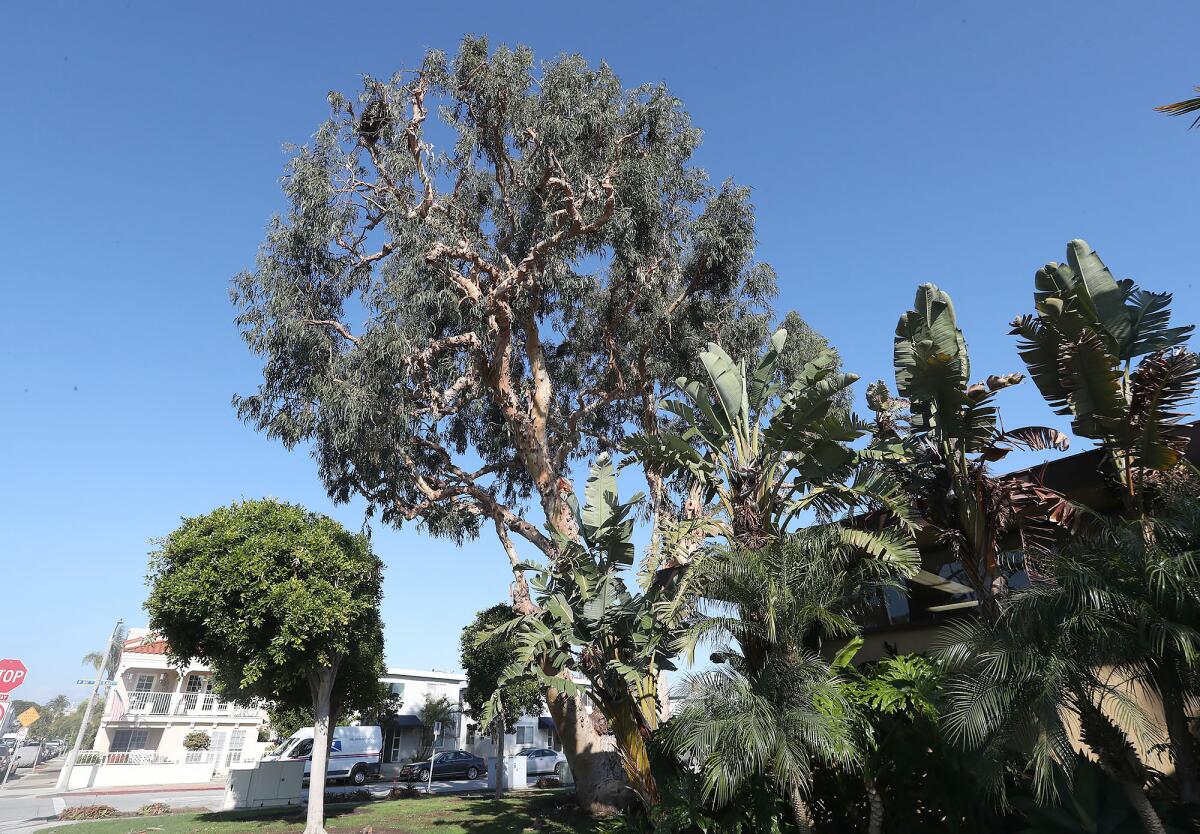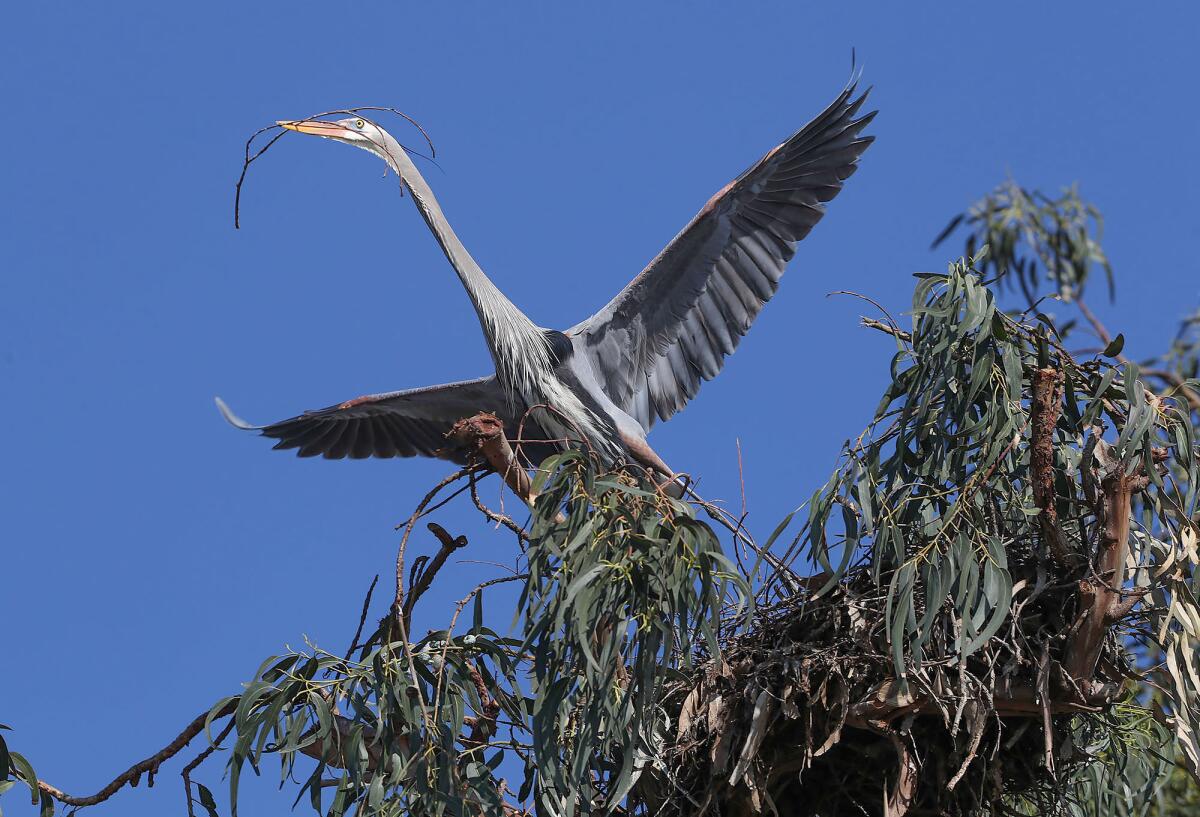Balboa Library and Fire Station No. 1 project moves forward to final design

- Share via
The Balboa Library and Fire Station No. 1 project will move ahead to its final design phase before it goes out to bid next summer, following a unanimous vote of the Newport Beach City Council on Tuesday.
Council members ultimately decided on the second of the three possible layouts for the project, which is currently estimated to carry a $16-million price tag. The proposed layout will bring the size of the building to about 9,170 square feet. The library will occupy 3,770 square feet, while 5,400 square feet will be used for the fire station.
An initial proposal for a public works storage facility was removed. Other additions include a playground and some additional green space. The new layout will orient the facility along Balboa Boulevard with public parking and the library entrance off of Bay Avenue.
Both facilities are in need of being updated, according to assistant city engineer Tom Sandefur, who delivered the staff presentation Tuesday night.
The Balboa Library was constructed in 1929 and was originally 566 square feet before it was expanded in 1952 and again in 1962 to encompass about 4,500 square feet, including 360 feet of museum space. Fire Station No. 1 was built in 1962 and is 3,431 square feet, according to the city.

Sandefur said the Public Works Department coordinated with the library, fire department, city staff and the recreation and senior services department to develop plans for the 24,000-square-foot lot. Those plans were first reviewed by the Board of Library Trustees and the public in January, then by the Parks, Beaches & Recreation Commission in March.
Both favored the first layout, which includes the storage space, along with the “cottage house” theme for its exterior design.
The much-needed updates have been met with some concern from residents as the project would call for the removal of two existing landmark trees — a blue gum eucalyptus tree and a Canary Island date palm. City staff said removals are necessary as the eucalyptus tree is experiencing an internal fungal rot while the date palm faces removal because of “unavoidable” construction impacts.
City staff said the progression of the rot in the eucalyptus is at about 7% and that it would only take about five years before it would impact one-third of the tree — the threshold at which trees are typically recommended for removal.

Members of the public raised objections in January after the first hearing on the project, saying they felt the city removes more trees than it plants and that the removal would impact what remaining habitat there is in Orange County for birds like the great blue herons that nest there. The city said it would not be removing the trees during nesting season, so no birds would be displaced.
Comments during public comment Tuesday reflected many of the same concerns. All of the speakers agreed that updates were necessary, but some residents said a few of the additions folded into the project were unnecessary, like the playground, equipment storage and additional parking.
“[The great blue herons] are our friends and neighbors, and your city staff says these birds are opportunistic. But I look on my rides, and I’ll see a hummingbird on a certain tree. And every time I go on that ride, that hummingbird is there. On the other hand on the south-side of the Back Bay trail, I notice the city or county took down a big tree that was a hawk’s home. Every time I go by there, no more hawk,” said resident and bird watcher Don Abrams.
“On Balboa Island, a neighbor pruned a tree down and a juvenile night heron, which had been living there for years, is now gone from the community,” he continued. “So, I’m not so much a tree lover — although that tree, I’ve gone over and looked at it, and it’s magnificent — but I’m a bird lover.

“These great blue herons, they’re not opportunistic. They’re not looking for a new place to live anymore than we would want to give up our homes.”
Mayor Will O’Neill said both buildings have been on the city’s capital improvement program for some time. He said he felt there wasn’t a question as to whether or not they would need to replace either facility.
“The question that we’ve been trying to work through as part of this design project has been what it would look like to do so,” O’Neill said.
O’Neill said Corona del Mar saw the completion of a library-fire station hybrid in 2019 and noted replacements, not rehabilitations, were necessary for both the Balboa Library and Fire Station No. 1. He also said the city has added about 680 trees to the Balboa Peninsula over the last two decades.
“When we’ve done the testing, and we’ve done it [through] an arborist that’s been trusted in the past and has done a great job for the city, it’s not enough to tell us that you can look at a tree and there’s not a problem, [that] ‘the arborist doesn’t know what he’s talking about.’ We don’t have that luxury to do that because, in the past, we have had limbs fall on people. We have had limbs fall on property.
“We have had major problems with trees like this ... we cannot allow for a failure. This is the point of why we do these tests in the first place, to make sure that we’re paying attention to the safety concerns as well as what we’re working through ... knowing that we have to do this work, it’s not feasible for us to be trying to design around a tree that is not going to work.”
All the latest on Orange County from Orange County.
Get our free TimesOC newsletter.
You may occasionally receive promotional content from the Daily Pilot.




